What are slug pellets?
Slug pellets are small cylindrical ‘bullets’. They contain substances poisonous to slugs and snails. When sprinkled around growing plants they protect them from pest damage.
Generally, there are two main types of slug poison ingredients that can be used in this deterrent. These are Methiocarb and Metaldehyde, both are poisonous to slugs but work in different ways.
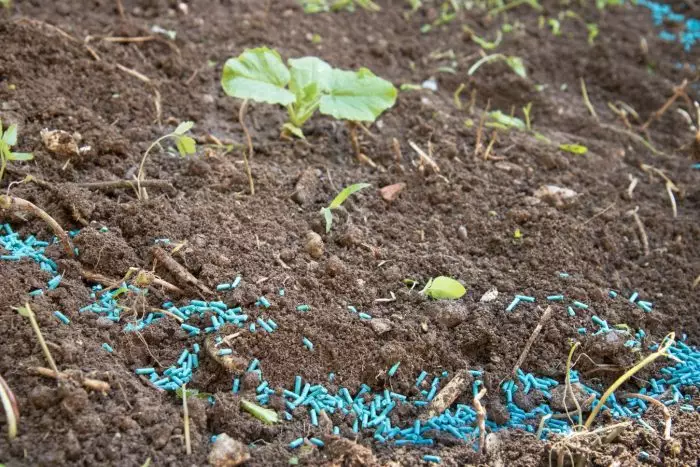
How do slug pellets work?
Methiocarb
Methiocarb has been banned in many countries. That should give you an insight into how dangerous it is to use. The chemical methiocarb works by causing slugs to swell up and die. But is also threatening to more environmentally friendly insects such as beneficial earthworms who may meet it.
Metaldehyde
The more commonly used poisonous substance in slug pellets is metaldehyde. More popular or widely accepted because it is 10x less poisonous than methiocarb. Although still toxic enough to raise a few concerns about its use. Metaldehyde is a contact poison that works to protect garden plants by damaging slug mucus cells and causing them to release excessive amounts of slime to the point they eventually dehydrate and die. As of the 1st April 2022, Metaldehyde pellets are banned in the UK. They can no longer be used or sold.
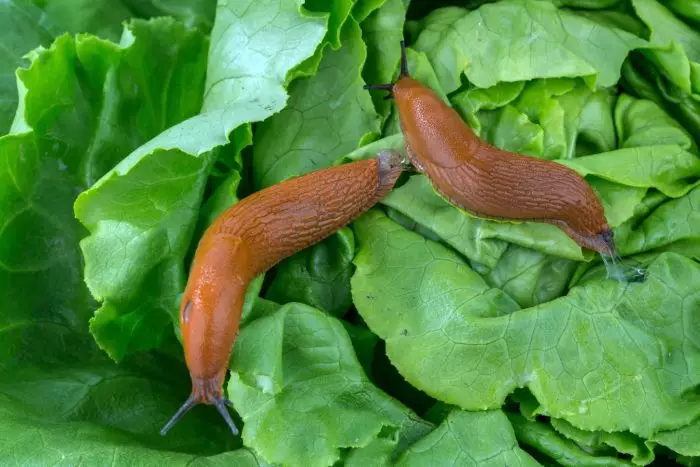
Why are slug pellets dangerous?
Handling dangerous and potentially poisonous substances such as slug pellets requires caution from gardeners. How often do you consider the impact these pellets have on other living beings?
We completely understand the frustration gardeners have. In fact, each year slugs cause an average of £8 million in agricultural crop damage. However, when it comes to using slug pellets to combat this, those small slimy creatures aren’t the only ones to suffer. The contents and appearance of these pellets make them highly attractive to pets, wildlife and even children, here’s why:
Pets
Slug pellets can appear striking to common pets such as dogs and cats. When they are curious about something, they often explore it using their mouths. Bad news, considering the formulation of slug pellets resembles that of dried cat or dog food. All of which is not ideal when slug pellets are extremely poisonous. Even just a couple of slug control pellets would be enough to kill or at least cause severe illness to pets.
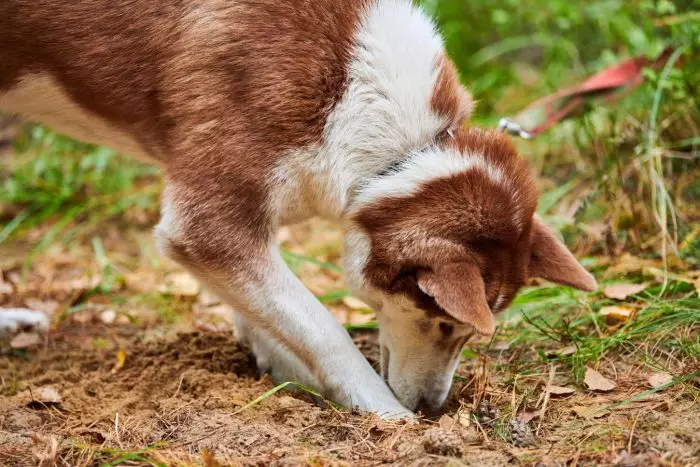
Wildlife
Despite being a threat to wildlife, slug pellets are still a popular method of gardening pest control. Birds and hedgehogs are attracted to slug pellets for similar reasons to those of domesticated pets. Because these animals tend to be smaller, even the slightest amount of exposure to the poisonous pellets cause proves fatal.
However, this isn’t the only way slug pellets affect wildlife. Although over the years the population of slugs has increased, the population of their predators – hedgehogs, frogs and wild birds has decreased by a third since 2004. There could be several reasons for this. However, given the dangers of slug pellets, we imagine they only contribute to the depopulation issue.
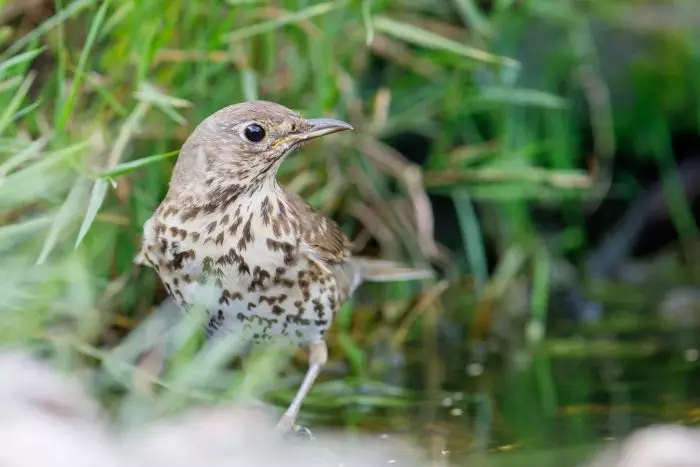
Children
The blue colour of the pellets is used to make them unappealing to birds and other wildlife. It, in fact, does the opposite when it comes to young children and toddlers. Whether you garden at a local allotment or in your backyard, consider the chances of young children coming across this deterrent, playing with them and even potentially eating them. This could be just as fatal as any of the above circumstances. Consider how you store this slug control method. Keeping this deterrent in cupboards low to the ground makes them accessible to curious toddlers. Store toxic slug pellets out of reach from young children.
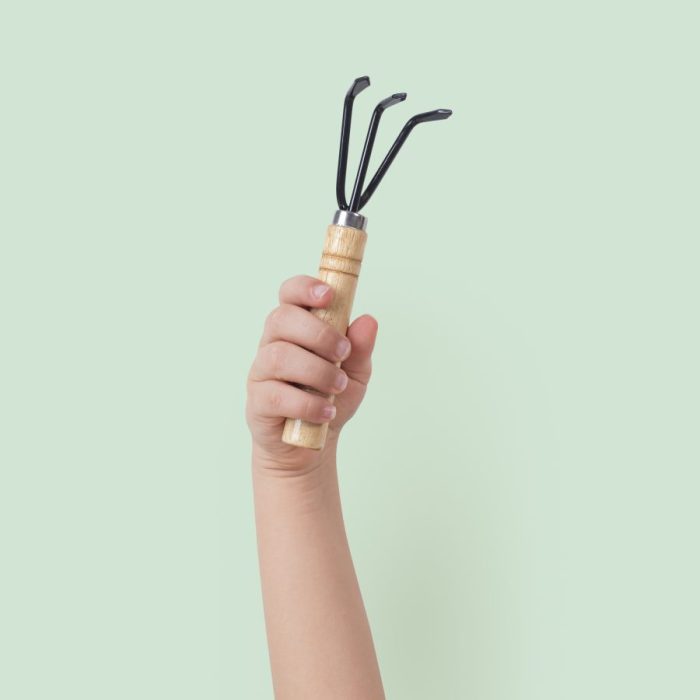
Are slug pellets worth it?
For the potential damage slug pellets can cause, it isn’t worth the hassle of using them. In fact, they should be a last resort considering the inconsistent results. All it takes is a little rain or moist/damp soil and the metaldehyde in the pellets stops working because slugs have access to water to replenish their loss of it.
Symptoms of slug pellet ingestion
As you can imagine, the symptoms of ingesting slug pellets aren’t nice. Early signs of slug pellets ingestions in dogs and cats might include drooling, panting and seizure. Symptoms in humans can include fever, cramps, lack of coordination and vomiting. If you suspect your pets or children have ingested slugs pellets, seek medical advice immediately.
Some safer alternatives include crushed egg shells, coffee grounds and wool pellets. However, these methods can have varying results.
Watch the video below to find out more:
Envii Feed and Protect protects your plants from slugs, snails and other small pests, but also improves soil fertility and improves plant growth. Instead of scattering artificial coloured pellets around your garden, Feed and Protect once applied, is invisible to the naked eye. It slightly alters the taste of the leaves making them distasteful to slugs, without making them detectable to humans.
Related Products
-
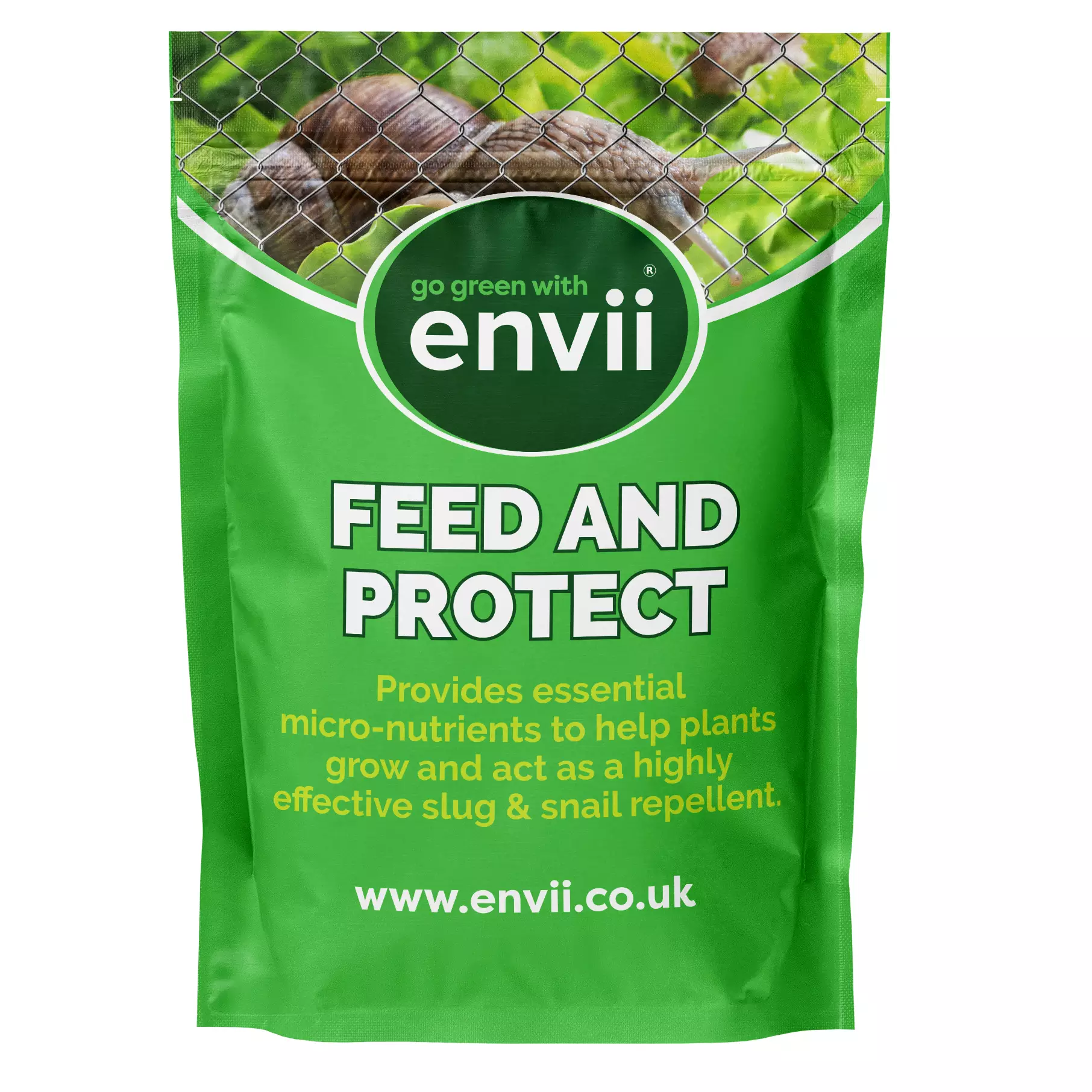
Envii Feed and Protect
£14.99Deters slugs and snails whilst feeding plants.Add to Basket

 Call us on 01246 240880
Call us on 01246 240880 Free 48hr Delivery
Free 48hr Delivery Sign-up and receive 10% off
Sign-up and receive 10% off